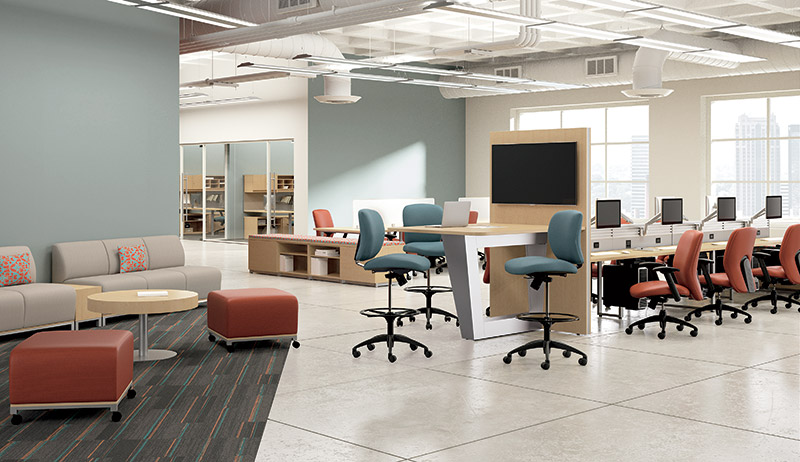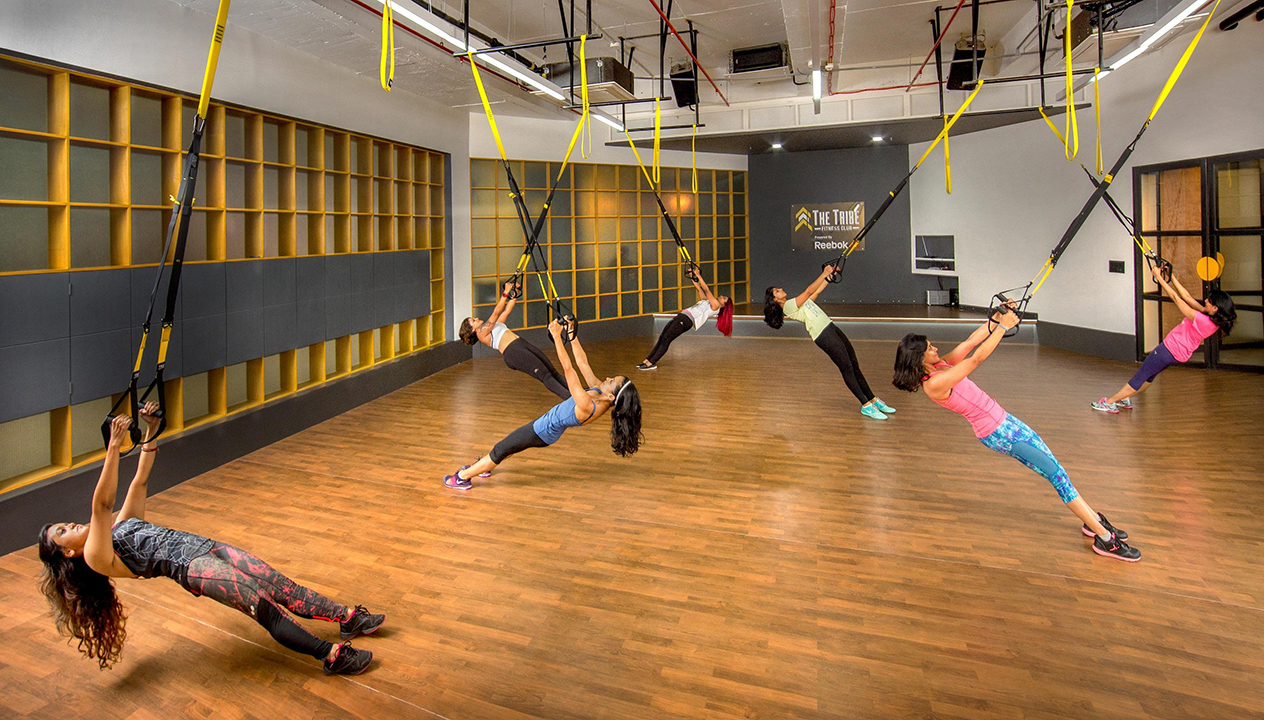

According to research, a collaborative group typically generates 28% more new ideas than a group of people working individually. These social interactions can lead to a better understanding of each other, more productive work relationships, and a generally happier workplace.Ĭollaborative spaces are often used for brainstorming sessions in order to generate new ideas and boost creativity.Īnd there's a good reason for that. The same study also highlights how high-quality connections can be facilitated by working in collaborative spaces.Ĭollaborating on projects naturally strengthens relationships and builds trust.įurthermore, it provides opportunities for social interactions that might not have otherwise existed therefore overcoming one of the most common communication challenges in modern companies. Which brings us to our next point.Īccording to the Open Journal of Social Sciences: "Whether organizations - and their employees - flourish or languish largely depends on the quality of the social connections they nurture." This feeling of working together can be evoked by not only sharing a collaborative space but by social interactions, as well. To top it all off, this effect persisted for several weeks. Furthermore, the perception of collaborating on a shared task increased engagement, motivation, and the participants' success rates.

A study from Stanford University showed that the mere feeling of working together allowed participants to stick to their tasks 64% longer than solitary workers. After all, won't having more people around just be a distraction? The idea that working with other team members can increase performance sounds logical to some and counterintuitive to others. Some of the benefits of a collaborative workspace include: Truly, it's no wonder - the benefits of having a collaborative workspace are many. However, with the rise of more flexible work arrangements and the need for more impromptu collaboration, the collaborative workspace has become a staple in many offices.

Earlier, most collaborative work took place in a conference room during a scheduled meeting in an almost suffocatingly formal setting. What are the benefits of a collaborative workspace?Ī collaborative workspace is a more recent addition to the modern workplace. We'll discuss the intricacies of designing a collaborative office space later on, but first, let's take a look at the benefits of having such a space. It all depends on the company culture the organization is trying to promote as well as the type of work that employees are doing.

#Collaborative workspaces series#
For others, it might be a series of private offices with shared common areas. For some, it might be an open office plan with meeting rooms and breakout areas. It is important to note that a collaborative workspace means different things to different companies. The goal of such a workspace is to create an environment that can support collaboration, encourage productivity, and foster innovative ideas. The term can also refer to a virtual space where employees can collaborate remotely. A collaborative workspace is a physical space where employees can come together to work on projects, share ideas, and generally be productive.


 0 kommentar(er)
0 kommentar(er)
